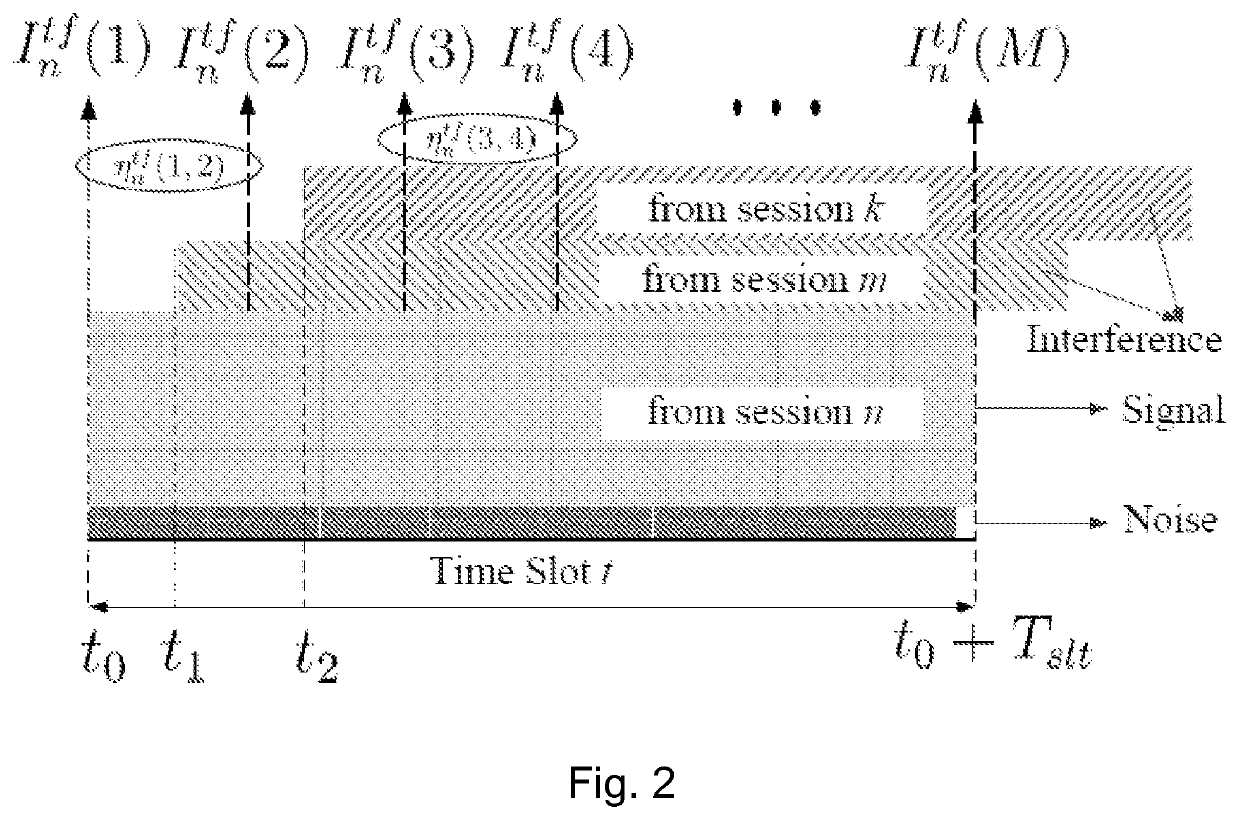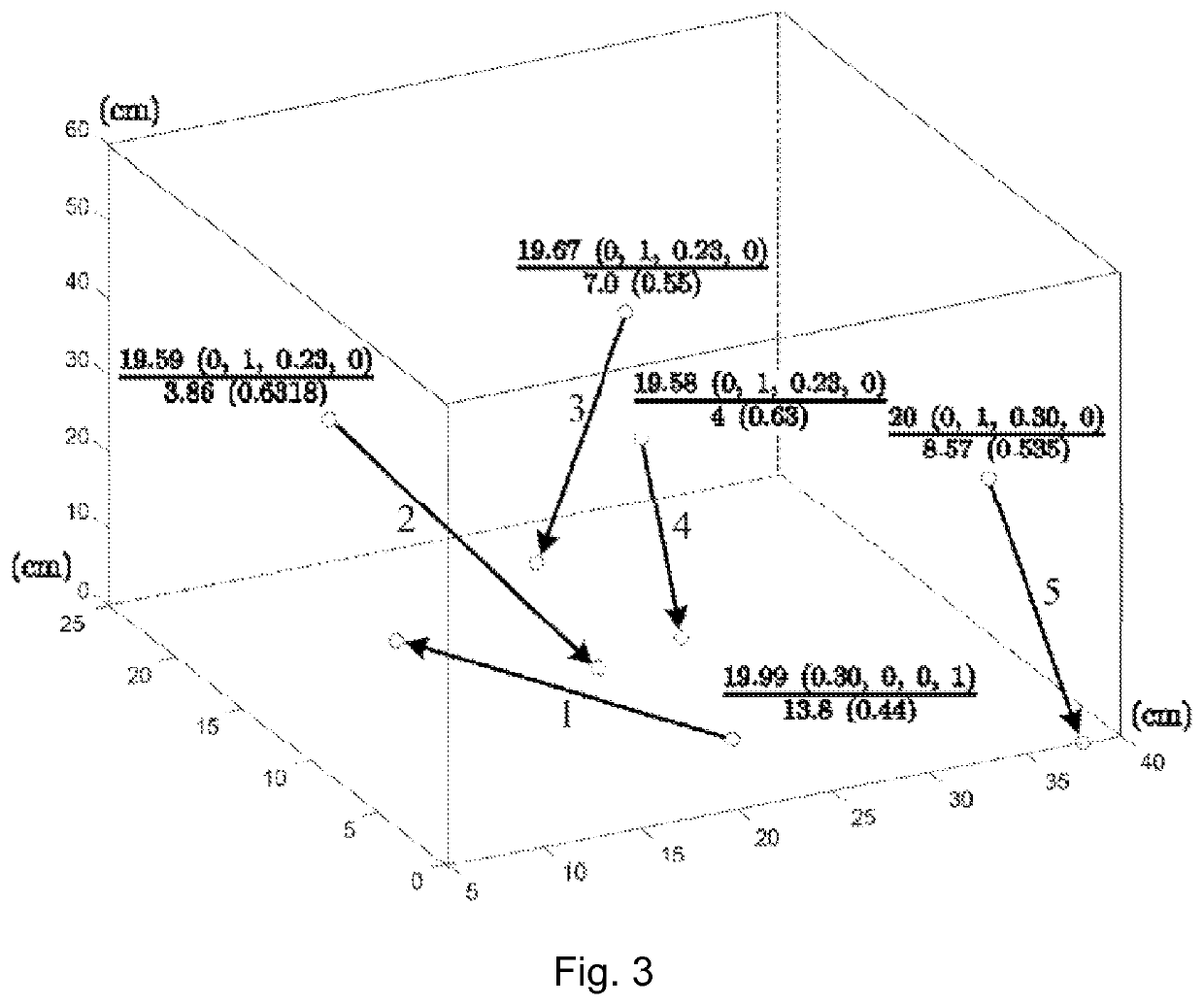Medium-access control schemes for ultrasonic communications in the body based on second order statistics
a technology of medium access control and statistics, applied in the field of systems and methods for communication through biological tissue, can solve the problems of substantial unaddressed core challenge of enabling networked intra-body communication through body tissues, temporal uncertainty of interference, temporal uncertainty of ultrasonic interference generated, etc., to maximize data generation rate and maximize throughput
- Summary
- Abstract
- Description
- Claims
- Application Information
AI Technical Summary
Benefits of technology
Problems solved by technology
Method used
Image
Examples
Embodiment Construction
[0043]Throughout the application, the term “transmitter-receiver pairs” includes transceivers.
[0044]Ultrasonic Propagation in Tissues
[0045]Ultrasonic waves originate from the propagation of mechanical vibrations of particles in an elastic medium at frequencies above the upper limit for human hearing, i.e., 20 kHz. Even if each particle oscillates around its rest position, the vibration energy propagates as a wave traveling from particle to particle through the material. Acoustic propagation through a medium is governed by the acoustic wave equation (referred to as the Helmhotz equation), which describes pressure variation over the three dimensions,
[0046]∇2P-1c2∂2p∂t2=0,
where P(x, y, z, t) represents the acoustic pressure scalar field in space and time, and c is the propagation speed in the medium with a typical value of 1500 m / s in blood (i.e., five orders of magnitude slower than RF propagation in air).
[0047]Attenuation can be significant and attenuation increases with the dista...
PUM
 Login to View More
Login to View More Abstract
Description
Claims
Application Information
 Login to View More
Login to View More - R&D
- Intellectual Property
- Life Sciences
- Materials
- Tech Scout
- Unparalleled Data Quality
- Higher Quality Content
- 60% Fewer Hallucinations
Browse by: Latest US Patents, China's latest patents, Technical Efficacy Thesaurus, Application Domain, Technology Topic, Popular Technical Reports.
© 2025 PatSnap. All rights reserved.Legal|Privacy policy|Modern Slavery Act Transparency Statement|Sitemap|About US| Contact US: help@patsnap.com



